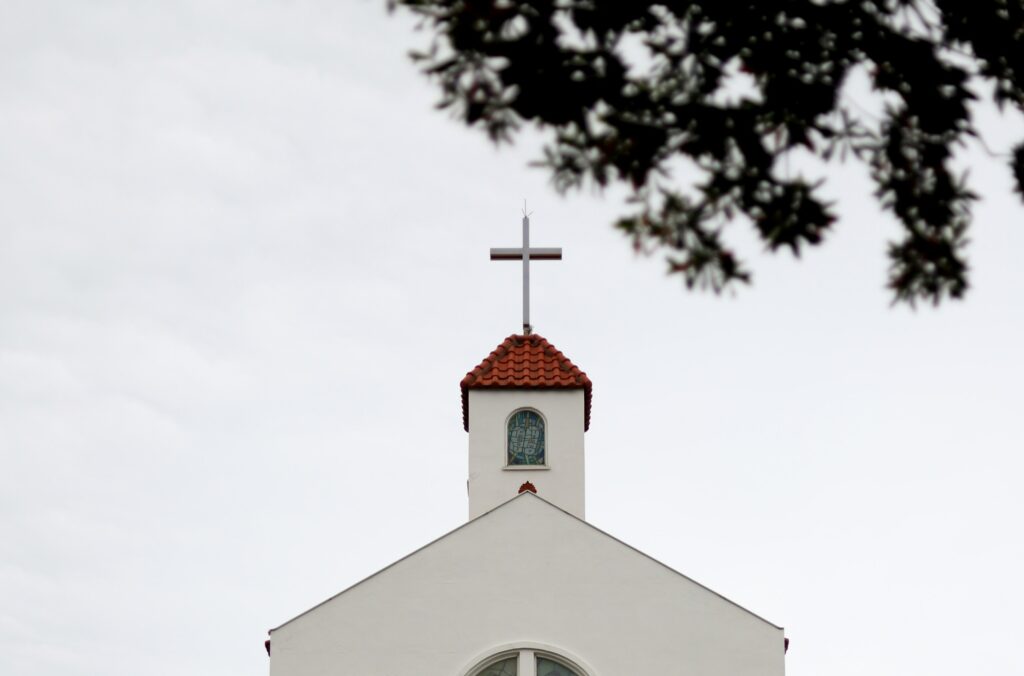
Part 1: No Such Thing | Part 2: Eternal Values | Part 3: Healthy Distrust of Self | Part 4: A Clear and Uncontested Goal
There’s another element in Paul’s spiritual life that we non-super Christians should seek to emulate.
Paul was into his relationship with Christ for the long haul, and he knew that reaching the end of that road meant staying on it every day, every mile.
He was all in.
That shouldn’t surprise us. Jesus made it clear that following him is no casual commitment. After he had fed the 5000 men and their families—something that brought out of the woodwork a whole lot of uncommitted hangers-on (Jn 6.22-66)—Jesus warned his disciples that hard times were coming, including official rejection and even execution (Lk 9.22), things that were not for the faint of heart. It was at this moment that he told them,
If any man will come after me, let him deny himself, and take up his cross daily, and follow me (Lk 9.23).
Following Jesus means dying to self—that’s what “taking up a cross” means—and doing that every day. Commitment. Discipline. Reliability. Without fail.
This daily faithfulness is hard.
I teach an undergraduate systematic theology class that requires a lot of Bible memorization. I tell my students on the first day that I know they’re intimidated, but that pretty much anybody can do the memorization—but there’s only one way to do it, and cramming is not it.
Memorization requires Regular. Spaced. Repetition.
You go over the material every day. Doesn’t have to take long—just a few minutes—but it has to be every day. Over time, as you pull the material out of your brain at constant intervals, it becomes yours. In the end, it’s not really an intellectual or intelligence problem; it’s a character problem.
Every day.
When a student is doing significantly worse on his verse quizzes than the other material, I ask him to tell me how he’s studying for those quizzes. Are you doing what I told you on day one? Well, no, but I’m really busy.
Well, this is how cramming turns out. You have the time—just 5 minutes a day. But every day. It works.
Right now I’m memorizing lines for a play. I was hesitant to accept the role, frankly, because I’m 68, and the old brain ain’t what it used to be, and I’ve blanked out on stage before, and that’s a really unpleasant experience for me and all the other actors trying to work with me to present something intelligible and esthetically pleasing.
So I know I need to go over the lines. Every day. If I miss a day, I’ve set myself back more than just a day.
Thinking about that feeling of blanking out in front of an audience is a powerful incentive to be faithful.
Now, this play is a farce, and its long-term value is negligible.
How much more seriously should my students take the task of memorizing God’s Word in a way that will plant that theological database in their heads for the rest of their lives?
And how much more seriously even than that should Christ’s followers, all of them, take the daily task of taking up our cross and following him?
Jesus didn’t say this just once.
If any man come to me, and hate not his father, and mother, and wife, and children, and brethren, and sisters, yea, and his own life also, he cannot be my disciple. 27 And whosoever doth not bear his cross, and come after me, cannot be my disciple (Lk 14.26-27).
Whosoever he be of you that forsaketh not all that he hath, he cannot be my disciple (Lk 14.33).
No man, having put his hand to the plough, and looking back, is fit for the kingdom of God (Lk 9.62).
Nor did Paul.
For which cause we faint not; but though our outward man perish, yet the inward [man] is renewed day by day (2Co 4.16).
I am crucified with Christ: nevertheless I live; yet not I, but Christ liveth in me: and the life which I now live in the flesh I live by the faith of the Son of God, who loved me, and gave himself for me (Ga 2.20).
Reenter the battle. Every day. All in.
Follow Jesus.


